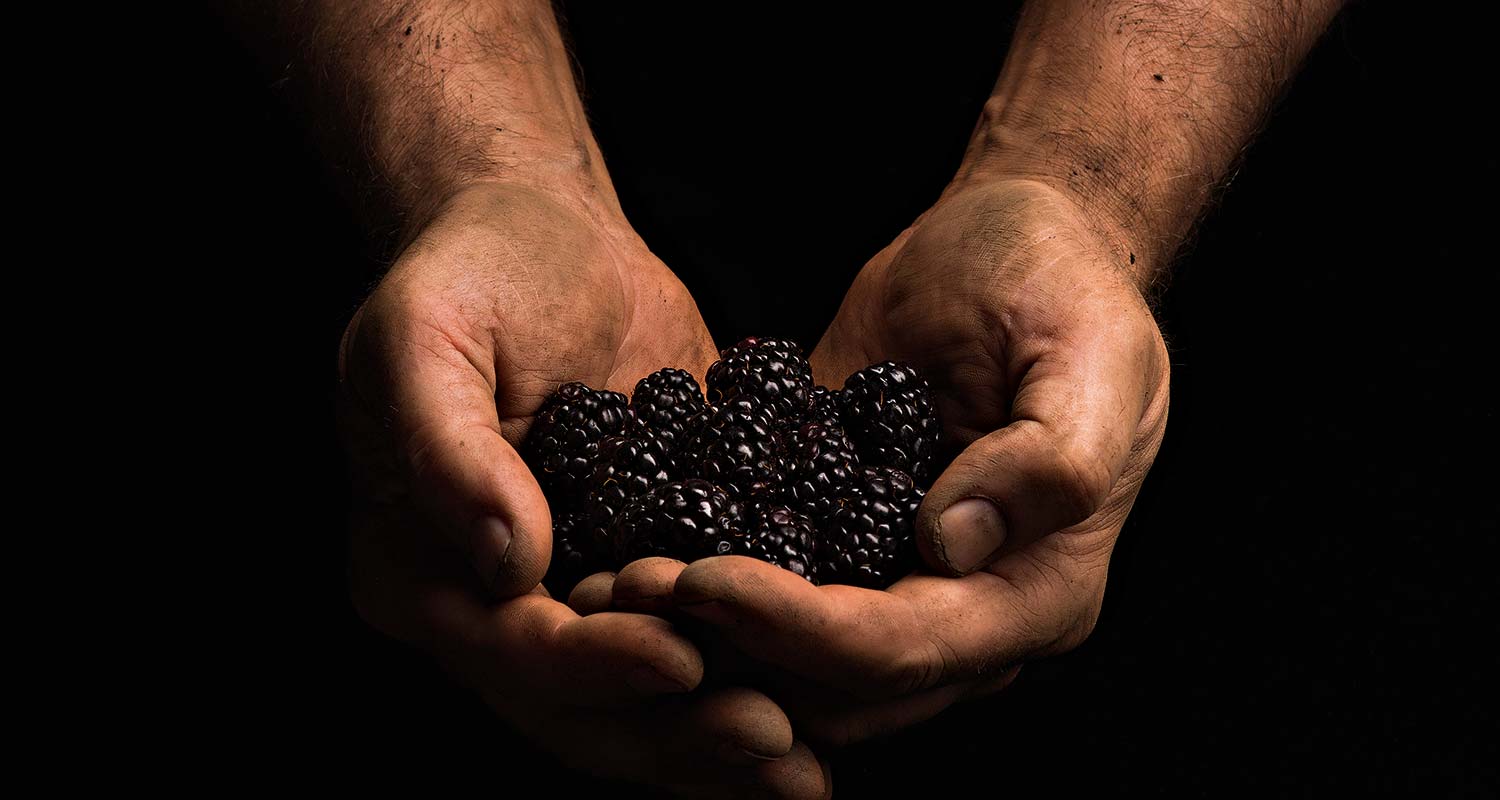Networks for Change: Growing Gratefulness and Belonging
February 4, 2016 Leave a comment“Grateful living brings in place of greed: sharing; in place of oppression: respect; in place of violence: peace. Who does not long for a world of sharing, mutual respect, and peace?”
–Brother David Steindl Rast

The following is a slightly edited re-post from a couple of years ago. The impetus for both the re-posting and editing was a recent conversation on On Being with Brother David Steindl-Rast, Benedictine monk, writer/speaker on the topic of gratitude, and known for his participation in interfaith dialogue and his work on the interaction between spirituality and science.
In a recent interview with Brother David Steindl-Rast, On Being host Krista Tippett introduces the topic of gratitude, by saying that at times it can come across as fairly cerebral or precious without much gravitas. Case in point, writer Barbara Ehrenreich, approaches gratitude with considerable skepticism, seeing it as another “feel good” way to be self-satisfied and unconcerned with the world and people who are suffering and oppressed. Yet Brother David, who has lived through war, the end of an empire, and the fascist takeover of his country (Austria), teaches what he calls “gratefulness” as a deep and important spiritual practice.
Gratefulness in Brother David’s view and experience is not at all superficial, or a practice purely for the privileged. It allows for and leans into the very real anxieties of life, and when invoked in “full-bodied ways” can help prevent those anxieties from becoming disabling fear. Brother David acknowledges the tragedies and injustices of the world, while saying:
“You can’t be grateful for war in a given situation, or violence, or sickness, things like that. So the key when people ask, can you be grateful for everything? No, not for everything, but in every moment.”

For Brother David, the practice of gratefulness is rooted in “beholding,” taking time to stop, consider, and appreciate experience, if even another breath, a lesson, another possibility, recognition of strength and resilience. Importantly, he also points to gratefulness as a key to both connection and to belonging – the moment one feels gratitude, one is often pointing to someone or something else (food on one’s plate, for example, and the people who provided it). In other words, gratefulness can ground people in an appreciation of connection and interdependence.
“There is a need for an alternative vision, a beloved community where being connected to the other is seen as the foundation of a healthy self, not its destruction, and where the other is seen not as the infinite other, but rather as the other that is always and already a part of us.”
– john a. powell, Haas Center for a Fair and Inclusive Society
The scientific research on the role of gratitude in supporting resilience and connection is quite compelling. According to the Greater Good Science Center, those who have a higher gratitude quotient or a regular practice of considering or expressing gratitude have been shown to experience the fewest bouts of illness, have stronger social bonds, and tend to be more generous and generative. Connected to a host of other related emotions, gratitude is also shown to boost people’s willingness to reach out and connect with others, including across lines of difference, and to see possibility more expansively.
“We cannot do the work of transforming the world unless we are in interdependent relationships—the work is too vast and complex for any one of us. …Let’s reach toward each other.”
– Akaya Winwood
Other research has shown how gratitude can be contagious. Imagine gratitude for one multiplied many times over in an ecosystem of social interactions and connections – that is, in a network. What kind of greater systemic and collective capability could this create? In consideration of this question, I continue to explore possibilities by creating opportunities for people in various change networks to express gratitude. Brother David’s Network for Grateful Living has a website with access to a variety of practices.
And here are some additional ideas:
- Model gratitude by expressing it as a network facilitator/leader. Say “thank you.” Try not to take people, their time, their skills, their efforts, for granted.
- Give gifts. Ralph Waldo Emerson once said, “The greatest gift is a part of thyself.” Create opportunities for people to share from their lives, what is meaningful to them, as a regular process of network meetings.
- Create space for people to reflect on what they learned or are learning in the midst of or following difficult conversations or experiences.
- Create a “gratitude wall,” physical or virtual or both, where network members are invited to express their appreciations of one another and what they are going through together.
- Invoke mortality. People tend to be more grateful when they think about the fleeting nature of reality. I imagine doing this through pauses to reflect on the privilege of being alive and being able to engage in meaningful work, share a poem such as Mary Oliver’s “The Summer Day” (“What is it you plan to do with your one wild and precious life?”), etc.
- Steer clear of entitlement by emphasizing a theme of mutual dependency, reminding and showing people how they are fundamentally interconnected through network mapping exercises and reflections on the journeys and people that have contributed to who and where we are.

